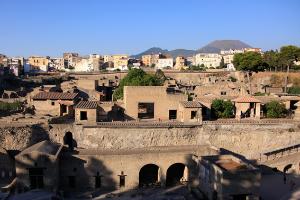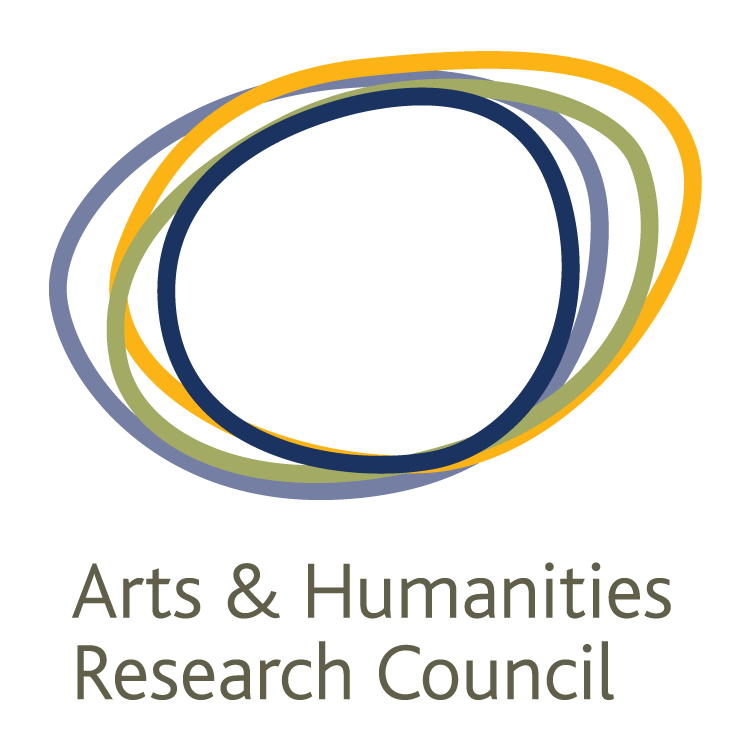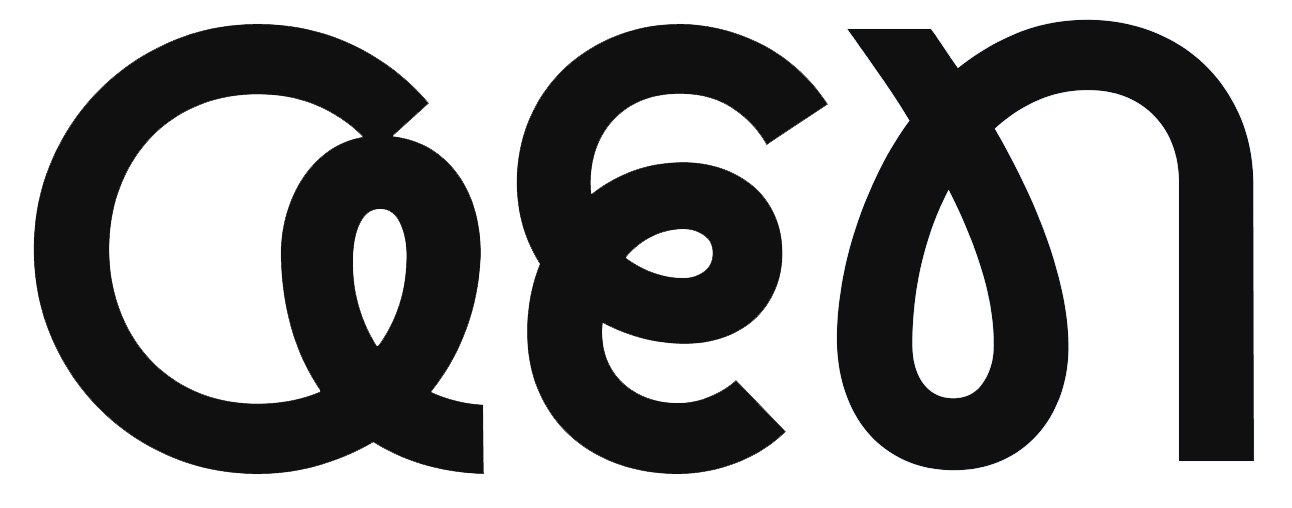Blog & Podcasts
Faces of Herculaneum

No traveller should omit Herculaneum from their itinerary. The site is magnificent, and the work of the Herculaneum Conservation Project has been transformational. Herculaneum has a power and meaning that is all its own. It is not just that every town has its own shapes and stories, it is also that Herculaneum has preserved its own so particularly powerfully. While the eruption of Vesuvius led to the burial of both Pompeii and Herculaneum, the processes of destruction and entombment were different in important ways. Archaeologically, one of the consequences of this is that wooden objects and features destroyed at Pompeii, survive at Herculaneum in carbonized form.
In addition to facilitating work in the Casa del bel Cortile, our generous colleagues here (in particular Sarah from the HCP for arranging everything so magnificently, Luigi in the store rooms for his fantastic help with the objects, and Antonio for his wonderful support at Casa del Bel Cortile) have made a tremendously impressive array of material available to us. I have a long-standing interest in figural representation in the Roman world, and I am delighted that an emerging theme in Catrin’s selection of models for inspiration is the face. From small terracotta figurines, through lamp decoration to a larger than life size bust believed to represent Livia, there are lots of faces for her to work with. For me, the study of these pieces offers another opportunity for reflection on the notion of the classical aesthetic.
Discussions of ancient art commonly stress the representation of the human form, and quite particularly the head, as integral to any understanding of classical aesthetics. Those familiar with depictions of the human body in the Roman Empire’s provinces will be acutely aware that representations there have often been judged on a sliding scale, with the most refined seen as perhaps most true to Greek/Hellenistic norms of representation, others as work of Roman workshops and still others, perhaps less naturalistic in form, are attributed to alternative local readings of the body, the image and the divine. One of the potential problems with this, it seems to me, is that it is less often sensitive to the spectrum of representation found in Italy itself which proffered multiple aesthetics to emulate, transform or ignore. While I cannot fully subscribe to all Ranuccio Bianchi Bandinelli’s interpretations, I do find his wish to take seriously ‘Arte plebea ‘ in Italy essential reading for anyone seeking to reflect on the art, aesthetic and the representations of the body in the Roman world.* Our collection of faces invites reflection not simply on the different levels of skill and investment the representations attest, nor the medium and material used, but also the multitude of hands involved.
Especially remarkable in the collection is the silver bust believed to represent a woman of the imperial family, most probably Livia. It was found on the old seashore of Herculaneum, next to the Area Sacra Suburbana, an area excavated by Maiuri in 1940-42 and again in 1952-57. Maiuri’s legacy is never far away here. Crushed, the bust has been painstakingly restored almost to its original shape. Such a shiny object can present its own problems for scanning and modelling, so here, as with all our other work, we record both by Structure from Motion (SFM) and by Video Scanning. Both systems can be used to generate 3D models, but each has its strengths and weaknesses. Evaluating those qualities is itself a significant technical consideration for the project team. SFM essentially involves taking pictures from multiple angles and then processing them with a modelling software. Rosie Morris, the multi-faceted artist research assistant to the project, and I spend a delightful time photographing the silver bust from every angle to feed the SFM model. Nearby, Alex Turner conducts video scanning with one of suite of Artec scanners, variously the oddly named Artec EVA. I am pleased to see it working so well.
Other faces present a different technical challenge, while the terracottas scan well, we are uncertain which of the systems we use will prove most successful when it comes to digitally modelling two charred wooden statue heads recovered from the Sanctuary of Venus. It is gratifying to find that they model well and they can be added to the digital library. Another very satisfying day.
*
Bianchi Bandinelli, R. (1967) ‘Arte plebea’, Dialoghi di archeologia 1: 7-19; Bianchi Bandinelli, R., (1970) Rome, The Centre of Power: Roman Art to AD 200, London: Thames and Hudson 51-71. Readers seeking a more recent reflection on related themes are encouraged to read Stewart, P., 2010 ‘The Geographies of Provincialism in Roman Sculpture’, RIHA Journal 5 http://www.riha-journal.org/articles/2010/stewart-geographies-of-provincialism?searchterm=Peter+Stewart
Professor Ian Haynes
Last modified: Thu, 23 Nov 2017 18:14:37 GMT

 (1).jpg)




